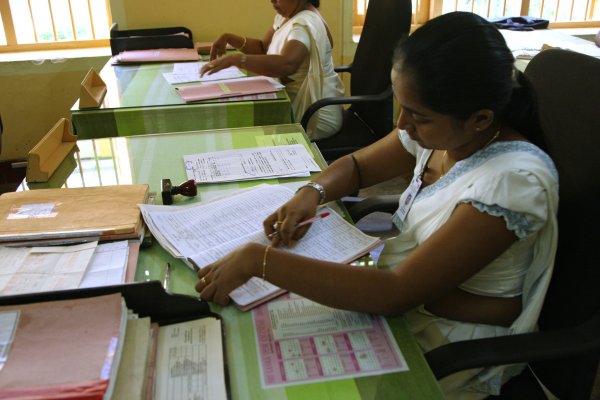Visceral leishmaniasis case report form
Working together IDDO, Drugs for Neglected Diseases initiative, clinicians and scientists from the visceral leishmaniasis (VL) research community, pharmaceutical industry, drug regulators, and key national and global health partners engaged in a collaborative project to develop the first freely-available poverty-related infectious disease case report forms (CRF) for VL to have been annotated using CDISC standards.

Previously, there was no recognised standard approach to guide methods of recording, storing and reporting VL clinical trial data. This resulted in challenges when comparing data relating to the efficacy of treatments from different groups of researchers. In 2020 the collaborative project launched the first CRF for uncomplicated VL. However, during the development of the uncomplicated VL CRF, it was recognised that VL-HIV coinfected patients are a vulnerable population often under-studied. With progress in elimination, this population will become increasingly burdened with the bulk of infections, yet often do not fit in standard VL trial design and data collection. Based on the uncomplicated VL CRF, a VL-HIV CRF has been developed by a group of subject matter experts from across endemic regions, led by researchers from IDDO, DNDi, Rajendra Memorial Research Institute of Medical Sciences (RMRI), and Médecins Sans Frontières (MSF). Both CRFs and respective user guides can be freely downloaded.
Uncomplicated VL CRF
- The CRF allows collection of clinical trials data for uncomplicated VL in a standard format according to global data standards, facilitating the sharing of individual patient data (IPD) to address knowledge gaps, advance research and support subsequent drug development.
- The CRF does not prescribe what data to collect, but rather is a template that provides researchers with a standardised means of recording the data they choose to collect for a study.
- Download the CRF for uncomplicated VL
- Download the user guide for the CRF for uncomplicated VL
VL-HIV coinfection CRF
- The CRF incorporates data fields important for assessing a VL-HIV coinfection, and the user guide reflects the guidance required to account for the different disease progression seen and treatment used in coinfections
- Like the uncomplicated VL CRF, the VL-HIV coinfection CRF provides a resource for researchers to build a data collection tool based on the requirements of their trial design
- Download the CRF for VL-HIV coinfection
- Download the user guide for the CRF for VL-HIV coinfection
Read more about the VL global collaboration.
Find out more about the process behind the development of a CRF
